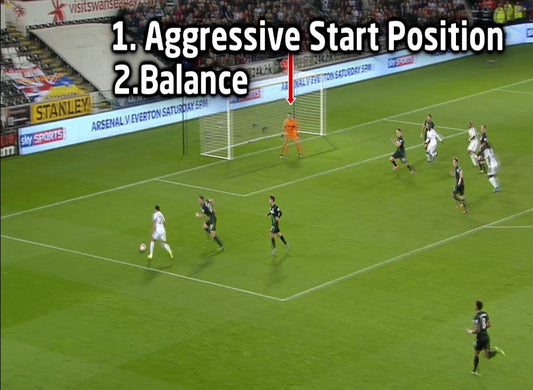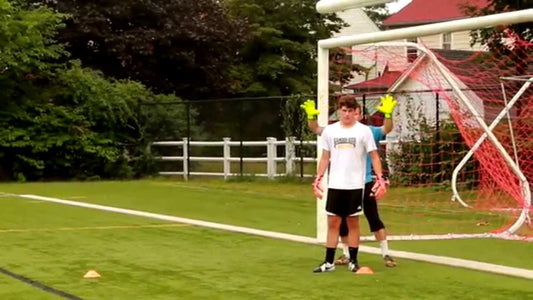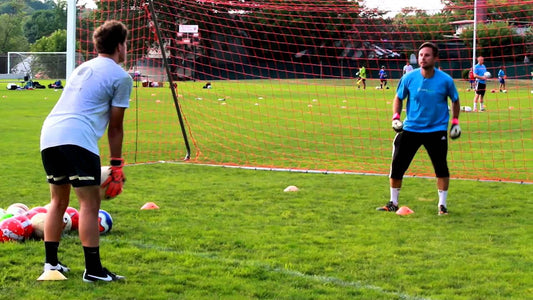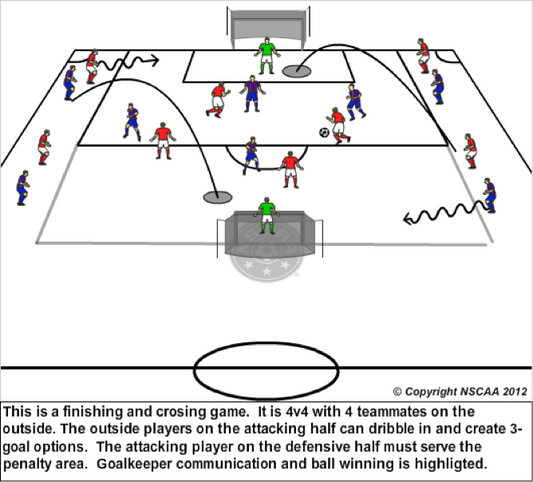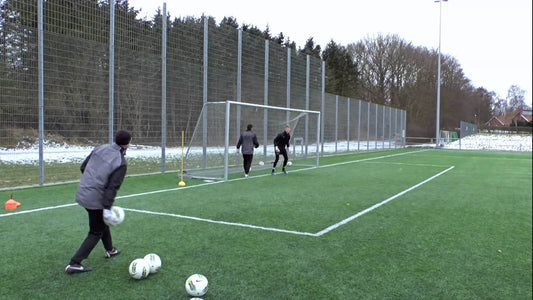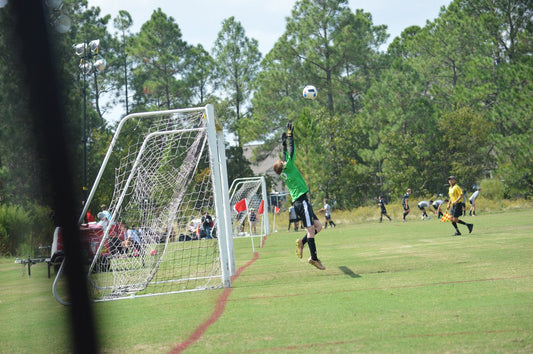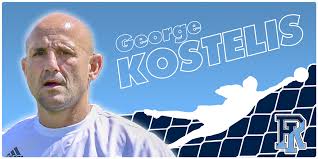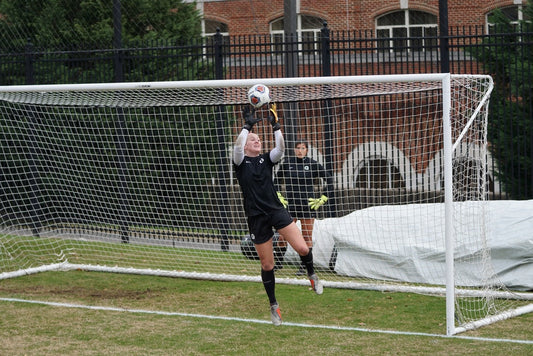Catching a high ball cross or corner kick is an important skill for goalkeepers of all ages. Timing of your jump, judging the flight of the ball and dominating your area are vital aspects of this soccer goalie technique. High ball training for keepers should be trained regularly but is not in most club or team environments. Here we have plenty of soccer goalie high ball sessions for you to add into your weekly training.
Corner Kicks, Crosses & High Balls
Dealing with Crosses from Different Areas
Crosses are hard for goalkeepers at any level from youth to professionals. Goalkeepers during training must play crosses as if it was a game adjusting angles and positioning with each pass and touch.
Set Up of Goalkeeper Drill:
YELLOW start with ball at feet or in hands and serves ball to position 1, 2, or 3
Cross delivered in-swing or out-swing Coaching Points: GK balance, footwork, timing, decision making – catch verse punch.
Detailing the Positioning:
Starting Position For Service 1: Goalkeeper is concerned with an early crossed whipped in but also should be aware of a shot, mis-kick, or deflection at the near post. Goalkeepers feet square to the shooter and is located no close than the front 3rd of the goal. Goalkeeper does not want to be near the front post since they will not be in position for a cross.
Starting Position For Service 2: Front 3rd of the goal two steps off the goal line. This will allow the keeper to come forward for a through ball or ball crossed front post as well as quickly find the ball line for a ball played in the middle or back post.
Starting Position For Service 3: Since the ball is located near the end line a crossed ball is the goalkeepers concern. For a crossed ball outside the 18 near the end line the goalkeeper should be a 3/4 stance. The 3/4 open stance will allow the goalkeeper to get the near post quickly as well as track a ball back post.
During goalkeeper training on crosses emphasize: Balance of the Goalkeeper, footwork, timing, communication, and decision making – catch verse punch.
Soccer Goalkeeper Crossing Drills with Select Weighted Balls and Vest
No matter the age or ability level soccer goalies struggle with some aspect of crosses. The keeperstop.com goalkeeper training session uses coaching sticks and weighted equipment to increase the difficulty of the drills. Using the Select Goalkeeper Weighted Training Ball helps build hand and shoulder strength. The session covers many soccer goalie crossing techniques such as starting position, how to protect the body, catching techniques, and communication. The goalkeepers in the video college goalkeepers.
CLICK HERE FOR THE YOUTUBE VIDEO OF THE TRAINING SESSION!
Soccer Goalkeeper Drills for HIgh Balls, Footwork and the Drop Step
A high ball session for soccer goalies focusing on footwork, the drop step, and catching techniques. The goalkeepers used in the video ranged from 13 - 17 years old. The goalkeeper training session begins with footwork through hurdles to increase the goalkeepers footwork with varying services to warm up the feet and handling. The “Box” drill is designed to take the goal keepers decision making and footwork to the next level. The goalkeeper must be patient and ready to react to the varying services. To have more success the soccer goalie must react to the service rather than guess to for the service in front or behind the goalkeeper. Really anyone can be the server or the goalkeeper coach. A mom, dad, sibling, or teammate can serve. More advanced goalkeepers will need harder services to sharpen decision making and quickness. The popular goalkeeper camp drill Back To The Bar drill emphasizes the importance of the drop step, footwork, attacking the ball at the goalkeeper’s heighiest point, as well as using the top hand to guide the ball up and over the cross bar. Truly the best way for a soccer goalie to become proficient at crosses and high balls is to start simple and build. Start with no pressure and add attackers and defenders. Utilize fun goalkeeper drills to focus on patience and the proper ready position as well as reinforce a quick decision making. Always practice soccer goalie communication. Be loud and proud with your Keeper call.
You can watch the Video Session by clicking HERE!
Goalkeeper Crossing Training, Tactical Coaching for Flank Service
By: Tony DiCicco, Founder and Technical Director for SoccerPlus Goalkeeper School
This article is for soccer goalkeepers and coaches. I want the goalkeepers to understand tactical situations so that keepers can recognize and then know the 1st, 2nd and 3rd best option for the first attacker and the attacking team. Obviously, the earlier they read the play and can anticipate the next play, the more successful they will be.
I have identified two tactical flank attack situations for the goalkeeper to recognize and the position themselves and organize the defending team so that they can resolve the attack successfully.
2-goal situation. This is when the attacking team has a 1v1 situation on the flank close to the edge of the 18 yard box and most often, somewhere 18-25 yards from goal. When the defender prevents the 1st attacker from getting inside the penalty area but cannot prevent the serve, we have a bending ball behind the defense (often on the ground) situation which I call 2-goal Situation. Everyone, attackers and defenders are making vertical runs to the space in front of the goal (a lot of own goals are scored in this situation).
The keeper in this situation positions themselves square to the play and inside their front post 2-3 yards depending on where the ball is. The keeper should have already organized their back post, “Joe…BACK POST” (use a name, organize when the ball is moving and cannot be played and be specific) and returned to watch the ball and pick up the intent of the 1st attacker.
The 1st goal is always the main goal and goals suffered there are clearly the keeper’s responsibility. The 2nd goal is the space in front of the goal from 3-6 yards. Covering and winning balls in this space is “big time” and clearly delineates levels of goalkeepers. Of course, the keeper also has to be ready for a point blank shot from close range.
2. 3-goal situation. In this situation, the 1st attacker has beaten the outside defender and is attacking the goal line and the front post. The keeper moves to a position just outside the front post (heels even with the front post) and shoulders square to the ball and now has to cover goal #1 which is the main goal; goal #2 which is the pass across the face of the goal (2-6 yards) and goal #3 which is the delicate chip to the back post.
Due to the penetration of the attacking team, there are point blank shots possibilities depending on where the ball is played from on the flank. Point Bland Shots need to be trained as many of the game winning saves come from close range. The keeper must again organize the back post by taking a quick look seeing the player in the best recovering position and using their name get them to cover the back post and prevent simple nod in head goals or touch in goals such as the one Alex Morgan scored against France in the 2012 Olympic Games (USA 4-France 2).
A great finishing game, for coaches to consider, with all kind of flank service is this 8v8 (4v4) team game to train your keepers.
These are two flank tactical situations for goalkeepers to understand and for coaches to created training environments to help the goalkeeper recognize the situation, take up proper positioning, know how to organize the defense. Once the goalkeeper put these tactical situations into their “reading the game” skill set, they will have a good idea of what the best options are for the attacking team so they can anticipate and make the play.
Tony DiCicco, Founder and Technical Director for SoccerPlus Goalkeeper School.For information on the SPGS national camp schedule and to enroll in a course go to www.soccerplus.org or call 1-800-keeper-1. SoccerPlus was founded in 1982 by Tony DiCicco In the 30+ years since, Tony and his staff have educated and inspired tens of thousands of dedicated student-athletes using The DiCicco Method. The Soccerplus curriculum has evolved over the years to remain on the cutting edge of the modern game, but the mission of building skills, confidence and character through hard work will always be the same.
Soccer Goalkeeper Drills Crosses and High Balls
Goalkeeper drills to develop familiarity with crossed high balls. The goalkeeper high ball warm up is designed to help youth goalkeepers develop timing, posture, and catching technique with high balls. The session was conducted with goalkeepers ranging in ability level and age from 14 - 16 years old. The technical warm up only address the timing, posture, and how to catch a ball above the head. Once a goalkeeper has an understanding on these techniques then they can move onto positioning and different types of crossed balls. Visit Keeperstop.com with any goalkeeper equipment or education questionsYou can watch Christian Benjamin teach the high ball warm up HERE
Building Confidence in Dealing with Crosses
Most goalkeepers will tell you that their biggest weakness is dealing with crosses. How do we prepare our goalkeeper to be confident to deal with any high ball situation that might occur? I use following session to help build a goalkeepers confidence with crosses. This is a common crossing session for me when developing keepers since it uses everyone whether it’s dealing with the cross itself or striking balls to improve distribution. This session can be altered to address a variety of crossing situations.
Activity One – Warm Up: Technical PracticeOrganization
3 to 4 keepers
2 goals 12 yards apart
2 x 6 yard areas to be marked out (use one in penalty area and mark second out so goals face each other)
How it Works
Have to GK’s working and two serving (one in each goal and one either side serving)
Server 1 plays to GK1 then S2 plays to GK2 (GK’s then face in swinging and out swinging crosses)
Activity is then repeated by GK’s taking crosses from opposite side. Take 8 to 10 crosses from each side and then switch GK’s with servers.
Coaching Points
Start Position/Stance
Assessing flight/Approach
Decision Making – Attack/Stay/Recovery Lines/Communication Keepers or Away
Take off – Ball from GK’s left (right knee up for protection) Ball from GK’s right (left knee up for protection)
Hand Shape (catch in W)
Distribution to opposite server (look for accuracy/quality)
Activity TwoOrganization
As above
1 server (coach)
Server now delivers ball into either GK1 or GK2 by putting it into their own 6yrd box.
GK3 & 4 now passive strikers (movement no contact)
On catching the ball GK distributes back to server
GK’s take about 8-10 serves and then switch with GK’s 3 & 4. Then GK’s rotate back in work in opposite goal so that they take different type of serve. Then work from opposite side.
Coaching Points
Technical Issues from Activity One
Movement – Correct line to attack ball avoiding traffic
Concentration
Recovery Lines
Activity Three
Organization
As in activity 3 but now GK’s 3 & 4 act as strikers to try and win ball.
GK who is working and does not have the ball served to them can become 3rd attacker.
Rotate GK’s as in previous activity and work both sides.
Coaching Points
As in previous activities
Recovery lines to deal with second ball (shot, header, volley, half volley)
Activity Four – Dealing with crosses outside the 6 yard box
Organization
2 goals 18yards apart. Second 6yard area to be marked out. This simulates the goalkeeper now having his 6 yard area to deal with along with an additional 6 yard area zone for which they can now have balls to deal with.
Have two GK’s working, one in each goal. Have GK’s 3 & 4 as active players looking to score. Can also add “non working” GK as 3rd attacker.
Activity works by server (coach) calling which GK is to deal with serve into non 6yard area.
So if server calls GK1 they now have to make the decision whether to come for or hold their position.
Progression- Rotate goalkeepers after 8-10 serves, work GK’s in both goals and then work from opposite side.
Coaching Points
As in previous three activities
Start Position – Aggressive (server can vary between striking stationary and moving ball)
Decision – Attack or Stay
Recovery and re-adjustment to deal with second ball
Mind Set – Positive
Aron Hyde is currently coaching out in Seattle, WA as a coach for Emerald City FC and Goalkeeper coach for Kent Youth Soccer Association. Aron is also the goalkeeper coach for Seattle Univeristy Womens program and is involved in Washington State Olympic Development Program. Aron recently completed his USSF B license and offers various training throughout the year. For information about upcoming camps and clinics please email aronhyde@hotmail.com for more details.
Goalkeepers Tactical Considerations When Dealing Crosses
Though the goalkeeping position has evolved through the years, dealing with flank crosses still remains a facet of the position that goalkeeper’s are constantly evaluated upon. Even though the game is played differently in each domestic league, functionally preparing goalkeepers to intercept crossed balls is a skill of the utmost importance. Whether the game is a youth or professional match, goalkeepers must be readily prepared to come off their goal line and deal with crosses into the penalty area. Especially during higher level matches, goalkeepers can often be scrutinized for not controlling the penalty area and flailing at balls that should have been won. The task of handling crosses has grown increasing more difficult due to the player’s ability to serve balls with more velocity, spin and accuracy. In preparation, the technical ability of the goalkeeper must be sound, but the overall effectiveness of the goalkeeper will truly lie in their tactical positioning and decision making.
Keeper or AwaySimply, goalkeepers need to recognize quickly whether they can win the ball. Without hesitation or self doubt, they need to assess the situation and communicate effectively whether they are committing themselves to winning the cross. The common terminology used throughout the United States is “keeper” or “away”. Both terms are used to clarify the goalkeeper’s intentions; the “keeper” call means the goalkeeper is committed to winning the ball, and the “away” call means they are staying in the goal. Communicating loudly and concisely alleviates any misconceptions for the defenders in their attempt to clear the ball.
Intercepting the BallAt the SoccerPlus Goalkeeper School, we illustrate the use of the High Contour Catch to secure balls above the head. This technique is essentially used to catch balls above an opponents challenge while intercepting crosses. Elevation towards the ball is created by flexion in the knee and an arm swing to transfer momentum upward. This movement enables the goalkeeper to approach the ball with more dynamic strength and balance while attacking the ball. The elevated knee is used to protect the goalkeeper, as well as keep the opponent away from the ball.
Boxing the BallNot every crossed ball into the penalty area will be caught. Goalkeepers are faced with the decision to box balls when under heavy pressure from the opponent. Boxing or punching the ball usually occurs when there is extreme pressure and congestion within the penalty area that hinders the goalkeeper’s ability to elevate safely to intercept the ball. Sometimes, boxing may occur because the goalkeeper may have initially misjudged the ball and is now scrambling to catch up to it. In either event, boxing is a skill that must be trained and utilized to win crossed balls.
Boxing Tips:
Elbows and arms are comfortably close to the body.
Contact with the ball is made by using a short driving motion (extension of the elbow joint); not a long “roundhouse” swing.
Wrists are firm and rigid.
Use clenched fist(s).
Box through the low center of the ball.
Box for height, distance, width and accuracy.
When in doubt, box it out!
Boxing Guidelines:
When the goalkeeper is moving forward towards the ball, box with two hands back in the general direction of the service.
When moving forward toward the near post, never box across the front of the goal.
When the ball is driven toward the far post, continue the flight of the ball in the direction of the serve by boxing one-handed (use the hand closest to the ball).
If contact with opponent is imminent, box the ball; avoid contact when possible (less risk of injury).
Use boxing to intimidate the opposition. Players dislike having a fist brush closely by them.
Technical Considerations
Stance: The feet are shoulder-width apart with the knees slightly bent, and the weight is on the balls of the feet. The body is relaxed in a “training bounce” (slight bounce in place) with the arms bent around chest height.
Open Stance: the body position of the goalkeeper is slightly more open to the field of play. This position allows for more field vision and provides an easier transition to win balls struck at the far post. This stance is primarily used to handle long services.
Closed Stance: the body position of the goalkeeper is square to the service. Primarily used for short crosses; this allows the goalkeeper to attack balls easier struck in the front half of the goal.
Take Off FootworkOne of the primary ingredients needed for goalkeepers to win crosses. When moving towards the ball, the goalkeeper should utilize small, quick steps with the last step being longer. If the ball is being served from the left side of the goal, the goalkeepers take off should be with their left leg while elevating the right knee for protection (and vice versa if the ball is served from the right). The only exception is when the goalkeeper boxes to continue the flight of the ball. Therefore, if the ball is served from the right, the goalkeeper will take off their left leg while elevating their right knee.Drop Step/Cross-over: These two forms of footwork are commonly used to maneuver the goalkeeper in retrieving balls played across the face of the goal. The drop-step allows the goalkeeper to adjust their body shape, while the cross-over step is used to cover ground. Typically, they are used in conjunction when handling balls played to the far post.
Starting PositionIn establishing an effective starting position to cope with flank play, goalkeepers must consider how far they can play off their goal line, yet still protect the goal. Finding the appropriate starting position emerges through experimentation during training sessions. By seeing a number of crosses from different distances and angles, goalkeepers gain tactical awareness and knowledge that usually transcends into the game. Considering there are various crossing situations, the starting position of the goalkeeper will fluctuate depending on the position of the player with the ball. However, there are other factors that may influence the goalkeepers starting position.The physical attributes or limitations of the goalkeeper; height, jumping ability, quickness, speed…etc.Distance of the cross. The farther the ball is away from the goal, the goalkeeper can position themselves vertically higher off the goal line and laterally toward the middle or back third of the goal; the closer the ball is to the goal, the goalkeeper’s vertical position is nearer to the goal line and laterally toward the near post.Depth of the cross. When the opposing player is positioned to serve the ball from the end line, the goalkeeper can adjust their vertical position further away from the goal line. Due to the reduced shooting angle, the probability of the shot is limited; therefore, the goalkeeper can look to extend their starting position. However, the goalkeeper must be cognizant of the misplayed ball that veers towards the goal.In-swinging or out-swinging crosses. Pending on switch foot or side the ball is being served from, the goalkeeper needs to adjust their starting position accordingly. In-swinging (closer to the goal line) / Out-swinging (farther off the goal line).Reading the angle of approach of the opposing player. Here are some tactical cues that may influence the starting position of the goalkeeper:
If the preparation touch is diagonally towards the goal, their body position allows them to shoot, serve balls along the ground or flight balls to the far post.
If the preparation touch is straight in front of them, they will be forced to kick across their body which hinders the power and accuracy of the cross. These crosses usually fall short or may be lofted.
If the preparation touch is towards the sideline, the probability of this ball being served well is less; usually, this ball falls short of the near post.
Tactical ScenariosMost youth goalkeepers are accustomed to handling the ordinary cross or corner-kick. These crossing situations are the most prevalent and recognizable tactical features in the youth game. At the SoccerPlus Goalkeeper School, we assist the tactical development of students by illustrating the 2-goal and 3-goal situations that occur during matches. Through demonstrations and diagrams, we provide a frame of reference to the students by making these situations more identifiable. Enhancing the tactical knowledge of the goalkeeper through training match related situations is a necessity. The goalkeeper’s ability to read the situation, position themselves correctly and make the right decision is parallel to success.
2-Goal Situation – Attacking Implications
Short length cross; just outside the width/length of the penalty area.
Low driven bending ball; can be an out-swinging or in-swinging serve.
Usually, the ball is sent in early behind the defense.
Highly congested penalty area; defenders tracking runners into the box. Primary runs are made to near and far post areas.
Own goals often occur; defenders trying to redirect the ball away from the goal.
Guidelines to Handling the 2-Goal Situation
Closed stance.
Starting position is off the goal line in the front or middle part of goal.
Take a direct path to the ball; be aggressive and brave in your approach.
Look to win the ball in front half of the goal; intercepting or boxing.
If holding the position, anticipate first time shots, flicks and deflections.
3-Goal Situation – Attacking Implications
Opposing player penetrates the penalty area on the flank.
Opposing player has an acute shooting angle; has options to cross.
Timing runs are being made into the penalty area; near, middle and far post.
Balls can be played hard to the near post, pulled back to the trail runner, or flighted to the far post.
Usually, a one-touch finish is used by the striker.
Guidelines to Handling the 3-Goal Situation
Closed set stance.
Starting position of the goalkeeper is one step in front of the near post.
Priority is the “first goal” (the actual goal); must protect the goal from being scored upon at the near post.
Next priority is the “second goal” (near post to the top of the goal box). If a ball is served, can the goalkeeper intercept or deflect the pass. If the ball is unreachable, the goalkeeper must foot-work across the goal and plays the point blank shot.
Final priority is the “third goal” (the space behind the goalkeeper). If the chipped/ flighted ball can not be intercepted or tipped out of danger, the goalkeeper must use the fastest method of foot-work to get across the goal to save the shot.
The bottom line is the game demands the goalkeeper be capable of handling crosses. Handling crosses needs to be an integral part of the goalkeepers training regimen. There is no shortcut; confidence and consistency in the goalkeeper is groomed on the training pitch.
George KostelisWestern Connecticut State University, Men’s Head Soccer CoachFounder & Director, GK Soccer TrainingNational Director, SoccerPlus Goalkeeper School
For more information, contact George Kostelis at george@gksoccertraining.com or visit www.gksoccertraining.com.
U14 Goalkeeping Crossing Session
Warm Up/Stretch Phase
Players jog 30 yards and then jog back
Players jog 30 yards and then jog backwards back
Players skip 30 yards and then skip back.
Carioca 30 yards there and back
Knees up 30 yards jog and then heels to butt
Stretch for 3 minutes (on their own)
Jog 5 yards, sprint 5 yards with a change of direction with every change of pace
Stretch for 3 minutes
Warm Up/Ball Work
Players form groups of twos with one Medicine Ball per group (2 pound Kwik Goal Medicine Ball). Players have a catch for 3 minutes with balls ranging from rolling to high balls. Players are 10 yards apart.
Sitting Kneeling Catcher’s position progression. This will be done every day as a basic warm up (again with a medicine ball).Stretch
Fourteen cones set up in two lines one yard apart. The server plays the ball and the keeper comes forward to catch the ball in front of the front cones.
(See diagram below 1)
The keeper then goes backwards and does the same thing down the next set of cones. This is done in groups of 2’s and each keeper goes twice for balls head height, knee height, rolling balls and high balls. (services from the feet if accurate would be best)
Next we go to working on crosses. The two points of emphasis are getting behind the ball on lofted balls to come forward to get to the ball at a high point and also seeing the field when the ball is out wide instead of fixating just on the ball. Start with a goal and two coaching sticks 4 yards out and even with the goal posts. (See diagram below 2) One server plays a ball far post and the keeper must get around the far pole to get behind the ball to catch it. Also, right before the ball gets served the opposite server holds up 1, 2 or 3 fingers and the keeper must shout out which number. This forces the keeper to see the whole field.(See diagram below 3)
Each keeper gets served 6 balls from each side
Next to make it more dynamic in terms of movement the server stands on the 6 and end line and the keeper must sprint to the ball, touch it with both hands and then do a drop step and get back behind the ball and make the catch. There is a “dummy” fighting the keeper for the ball. (See diagram below 4)
Next, there are two servers (one on each side) dribbling down the side line and crossing from each side with a “dummy” fighting for the ball with the keeper. (See diagram below 5)
Next the keepers take 10 goal kicks
Next the keepers join their team and scrimmage on a 55 x 35 field. The rule was that a team had to play outside the sidelines to a wide player who has three touches to serve the ball into the box. This allowed the keepers to continue working on receiving crosses and proper footwork.
After the scrimmage the keepers stretch and then leave
WORLD CLASS COACHING for soccer books, DVD’s, seminars, and Online Training Sessions of the world’s top teams and coaches.”www.worldclasscoaching.comwww.finesoccer.com
Since 1998, WORLD CLASS COACHING has become a household name in the worldwide soccer coaching community. Our bi-monthly magazine is the publication of choice for thousands of soccer coaches all over the world, ranging from coaches of professional and national teams to coaches of young recreational teams.
Over the last few years, WORLD CLASS COACHING has added it’s own line of soccer coaching videos, DVD's and books, an email newsletter that has over 12,000 subscribers and has also conducted International Coaching Seminars headlined by world class clinicians like Craig Brown, Anson Dorrance, Sammy Lee, Howard Wilkinson and David Williams.
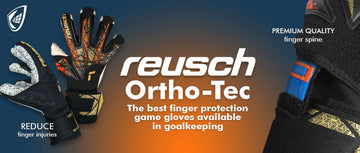
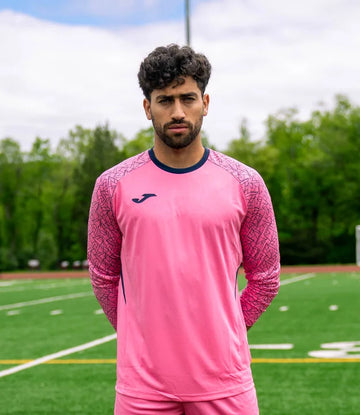
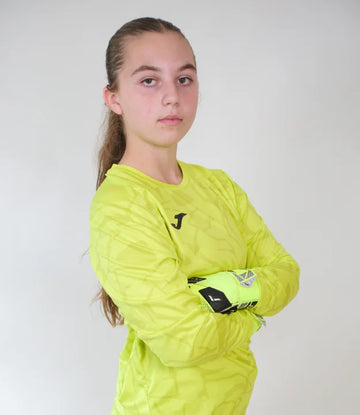
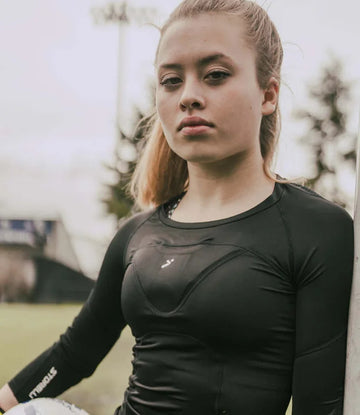
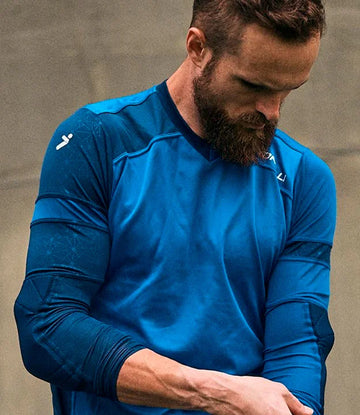
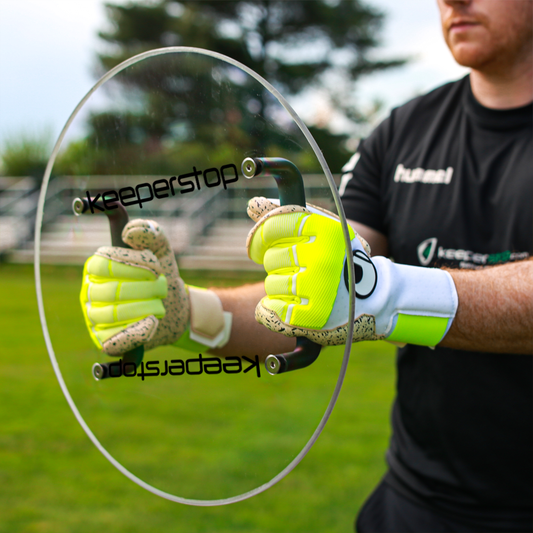
 Gloves
Gloves
 Jerseys
Jerseys
 Gear
Gear
 Brands
Brands
